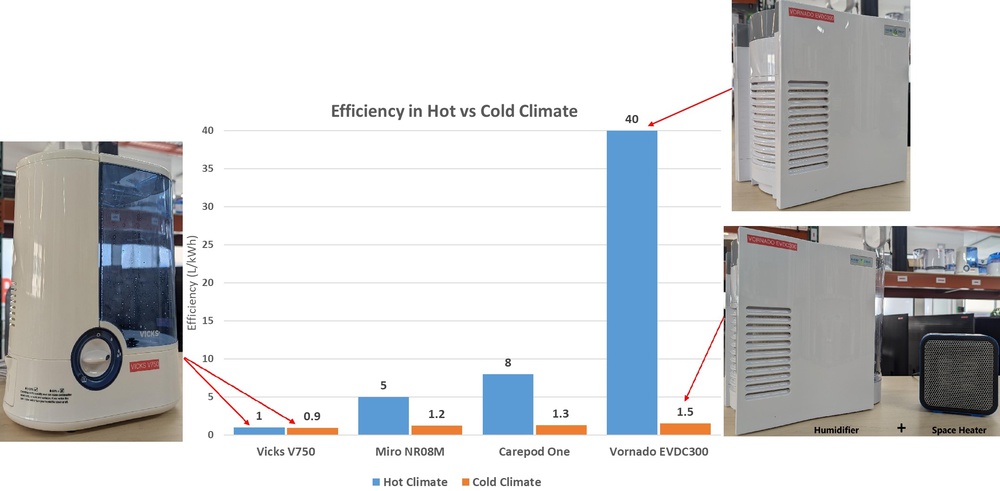
Humidifiers have advanced greatly in recent years. Ultrasonic technology, more efficient fans, and smart features are maturing and becoming more affordable. As such, there are now countless options to choose from. At RTINGS.com, we decided to test some of the most popular units on the market to provide reliable information and help users make a choice for their next humidifier. At the same time, we'll try to correct some misconceptions about humidifiers that are circulating on the web.
If you're looking to humidify your home, the best option during cold, dry winters may not match the best option for a warm, dry climate. In fact, your environment could have a more noticeable impact on humidifier performance than you might think!
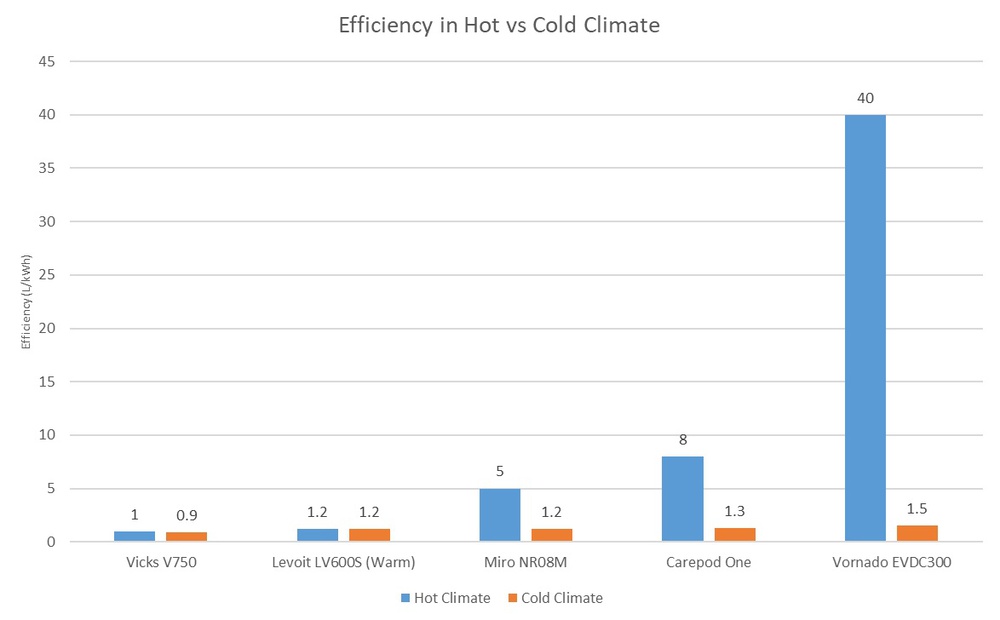
The Type of Humidifier Doesn't Dictate Its Efficiency
Most humidifiers on the market today come in one of three types: ultrasonic, evaporative, and steam.
Ultrasonic humidifiers use an ultrasonic transducer to atomize the water into tiny droplets and push them into the air. Compared to the water in the tank, these droplets have a very large surface area, which causes them to evaporate very quickly.
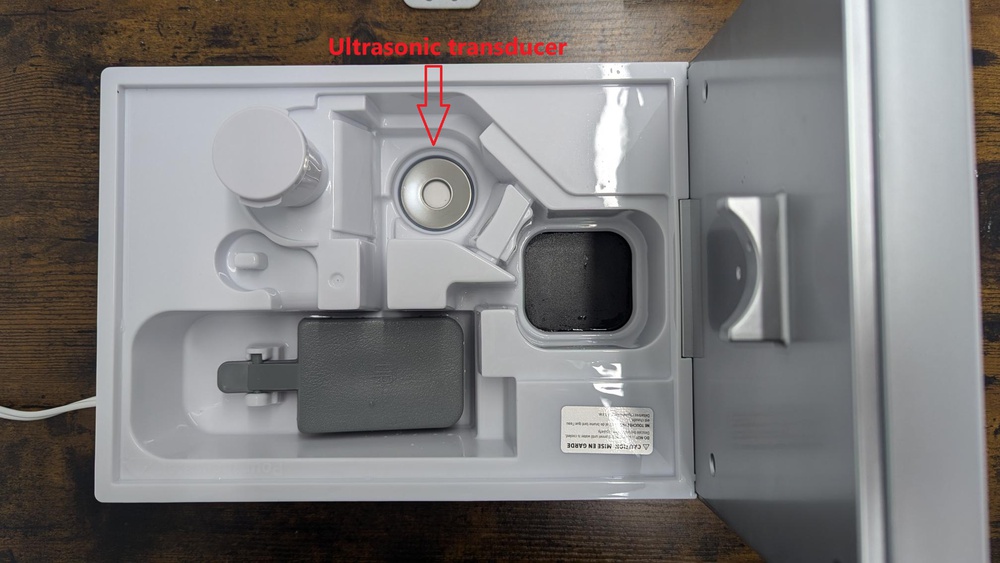
Similarly, an evaporative humidifier uses a wick to increase the water's surface area. The wick is wetted by placing it in the water reservoir, and evaporation is further promoted by a fan blowing air through this wick.
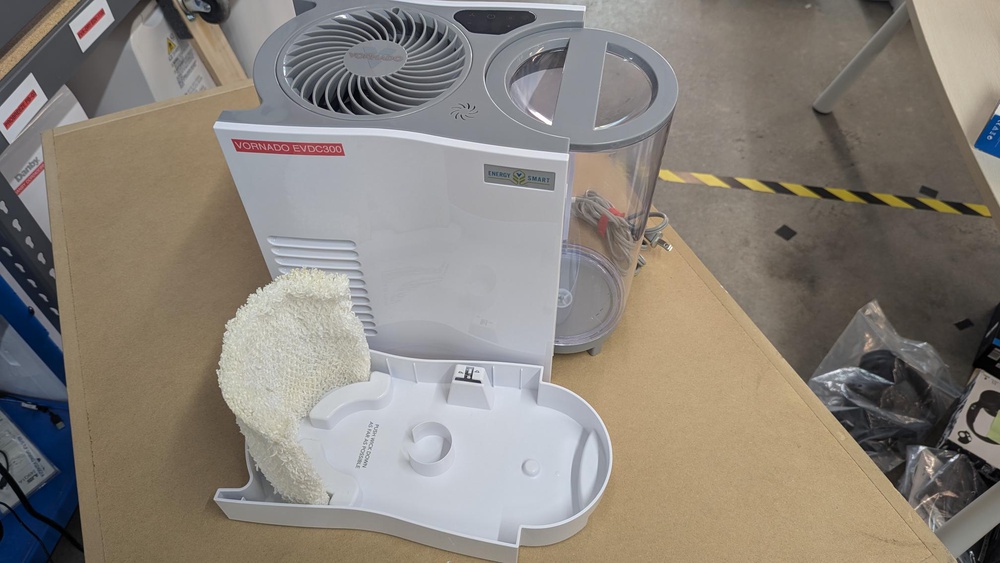
Steam humidifiers, on the other hand, heat the water up to its boiling point with a heating element and allow the steam to exit the humidifier into the surrounding air.
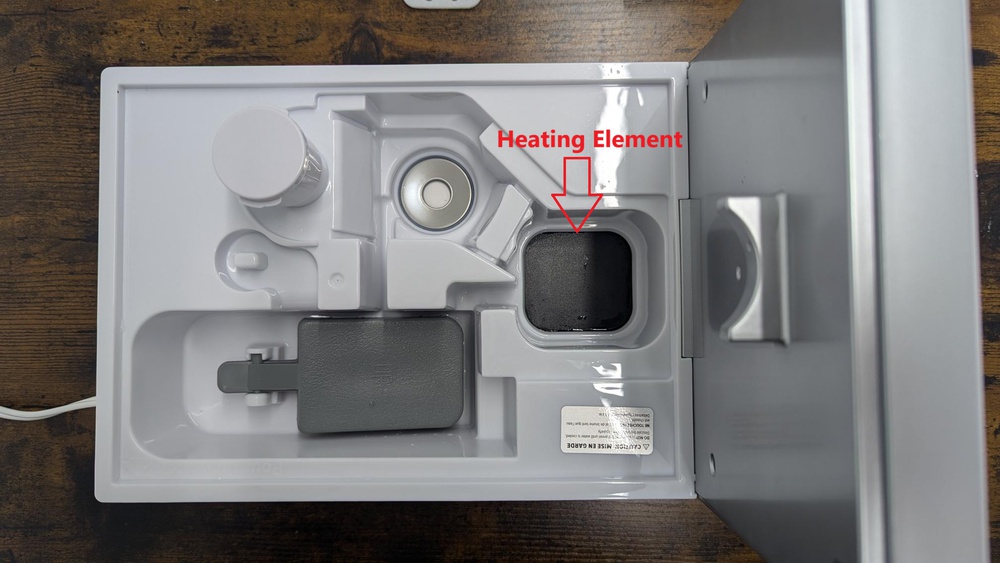
A first glance may lead one to conclude that ultrasonic and evaporative humidifiers are much more efficient than steam humidifiers because they don't employ a power-hungry resistive heating element. However, this conflates the efficiency of the unit itself (what we term the "humidifier efficiency") with the "overall efficiency" of the entire humidifier-room system. If the source of the energy required to evaporate the water is not the humidifier itself, then the ambient air will provide this energy. As energy from the air is transferred to the evaporating water, the air will become cooler—hence the cooling effect of ultrasonic and evaporative humidifiers.
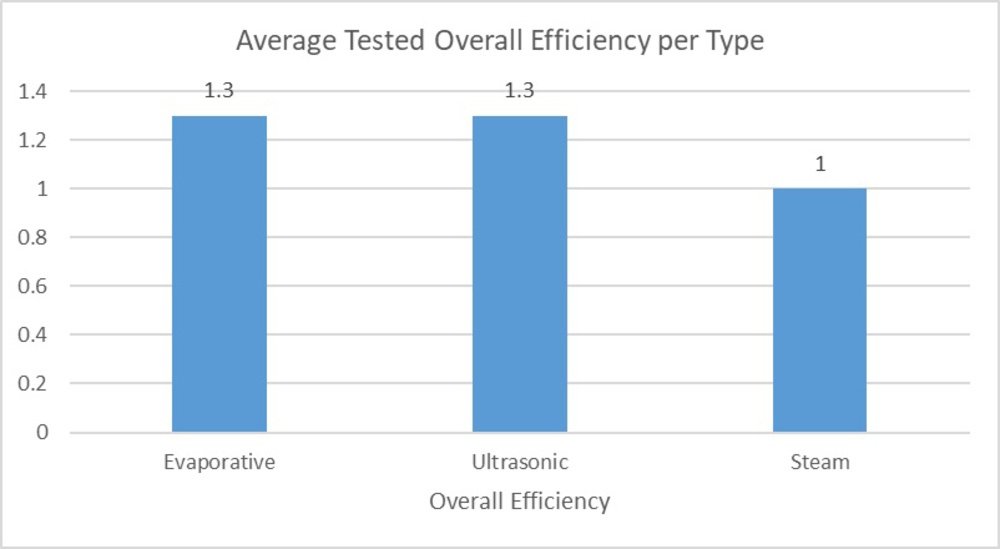
If you live in a cold climate and use a non-steam humidifier, the heating system you use, whether that's an electric heater, a thermal pump, or natural gas, will provide the energy to compensate for the evaporative cooling effect and will eventually affect your energy bill. This means that the more efficient your heating system is, the more efficiently you'll be able to humidify with ultrasonic and evaporative humidifiers.
Water has a specific latent heat of evaporation of 2.26 kJ/g or 0.63 Wh/g, as shown in the heating curve below. Therefore, the same amount of (evaporation) energy will always be needed to add the 162 g of liquid water to the air, at a total of 102 Wh. This quantity of energy is theoretically the same regardless if it comes from an electrical outlet to which the humidifier is connected or from the room's air. But keep in mind that due to various inefficiencies in real life, the actual energy required will always be higher than this theoretical value.
Now, let's look at some numbers to provide some perspective. Our testing room has a volume of around 26 m3, which means it contains that volume of air under nominal atmospheric pressure. At the start of our test (23 °C, 30% RH), the absolute humidity of the room's air is equal to 6.17 g/m3, while at the end of the test (23° C, 60% RH), the absolute humidity is 12.34 g/m3.
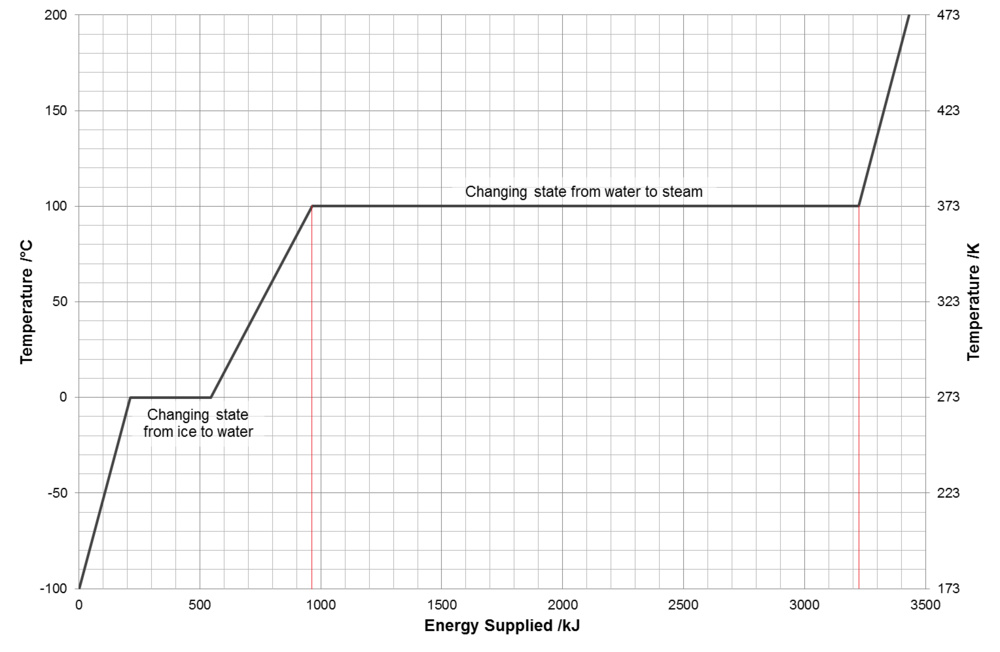
Let's compare the humidifier efficiency and the overall efficiency of the most efficient humidifier we tested: the Vornado EVDC300. We measured its humidifier efficiency at 40 L/kWh, which means that it will theoretically use 1 kWh to add (not evaporate) 40 L of water into the air. However, when we factor in the evaporation energy, the overall efficiency works out to 1.5 L/kWh. So, if you're trying to humidify your home during a cold, dry winter, you should factor in this extra evaporation energy and expect some increase in your energy bill.

On the other hand, if you live in a warm climate, the evaporation energy will just come from the warm air, in which case the cooling effect might actually be desirable. In fact, this is the operating principle of "swamp coolers."
Steam humidifiers directly provide the latent heat needed to evaporate the water (102 Wh) in addition to the sensible heat needed to raise the water from room temperature to 100 °C (around 14 Wh in our case). As such, steam humidifiers would be around 14% less efficient than the other two types. However, when we factor in the fan and the ultrasonic transducer and heat transfer losses, the difference in efficiency becomes smaller and sometimes negligible.
A comparison of the most efficient and least efficient humidifiers we tested demonstrates the importance of considering overall efficiency. You can see in the following table that in real life: the Vornado EVDC300 is not actually 3900% more efficient than the Vicks V750, as suggested by their humidifier efficiency numbers. If you look at the overall efficiency, you'll see that it's only around 66% more efficient. However, this difference will be even smaller in reality due to losses in the heat flowing from your heating system through the ambient air and into the water that is being evaporated.

We tested two steam humidifiers, the Levoit LV600S (in warm mist mode) and the Vicks V750. The Levoit's energy consumption at the end of the test was 141 Wh, while the Vicks consumed 171 Wh. The other (ultrasonic and evaporative) humidifiers consumed between 105 Wh and 145 Wh during the test. This means that the Vicks used 21% more energy than the highest-consuming cool mist humidifier. The Levoit, on the other hand, consumed a similar amount of energy as the highest consuming cool mist humidifier. The higher efficiency of the Levoit in steam mode comes from the fact that when in that mode, the ultrasonic mist function cannot be turned off but only set to at least the minimum setting. The reasoning is that the humidifier uses the cool mist to cool down the steam so that it won't burn the user when exiting the nozzle. This combination of ultrasonic mist and steam increased its humidification capacity and efficiency.
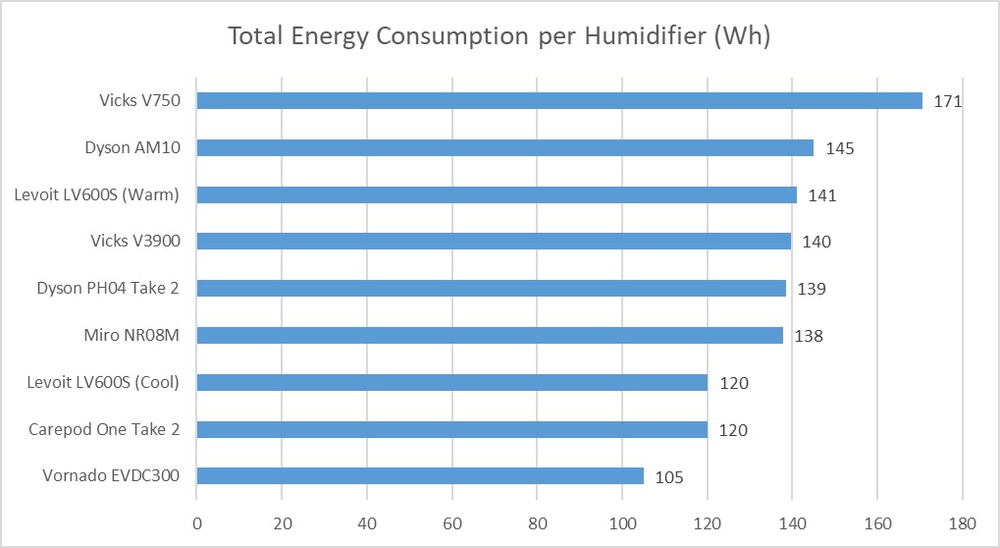
A Simpler, Well-Balanced Design Is Key For An Efficient Humidifier
We noticed that the humidification capacity (measured in liters per day) of the ultrasonic Miro NR08M was 67% less than the ultrasonic humidifier with the highest humidification capacity, the Levoit LV600S. Intrigued to know why, we took a deeper look and noticed that the Miro's fan appeared small and underpowered. The Miro uses a 40 mm, 12 V, 0.6 W brushless DC (BLDC) axial fan. The Levoit, on the other hand, uses a 50 mm blower-type fan with double the wattage at 1.2 W. The total power consumption (21 W Miro vs. 23 W Levoit) hinted that the ultrasonic transducers were similarly sized in both humidifiers. This confirmed our theory that the fan in the Miro was underpowered and did not have enough airflow to keep up with the transducer. In practice, this means that not all the water mist produced by the Miro's transducer exits the humidifier, and some of that mist coalesces on the inside walls of the humidifier into bigger water drops that fall back into the tank.
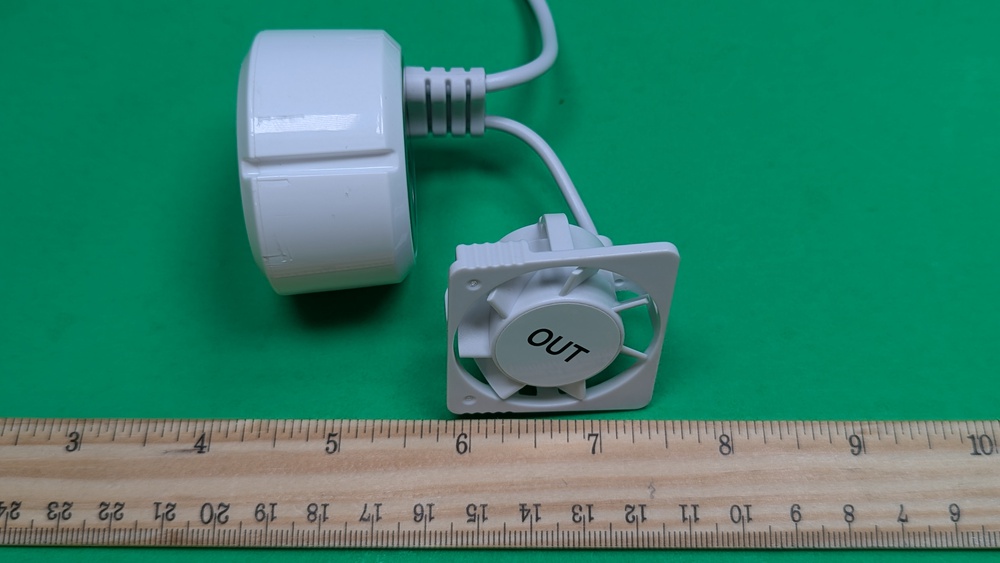
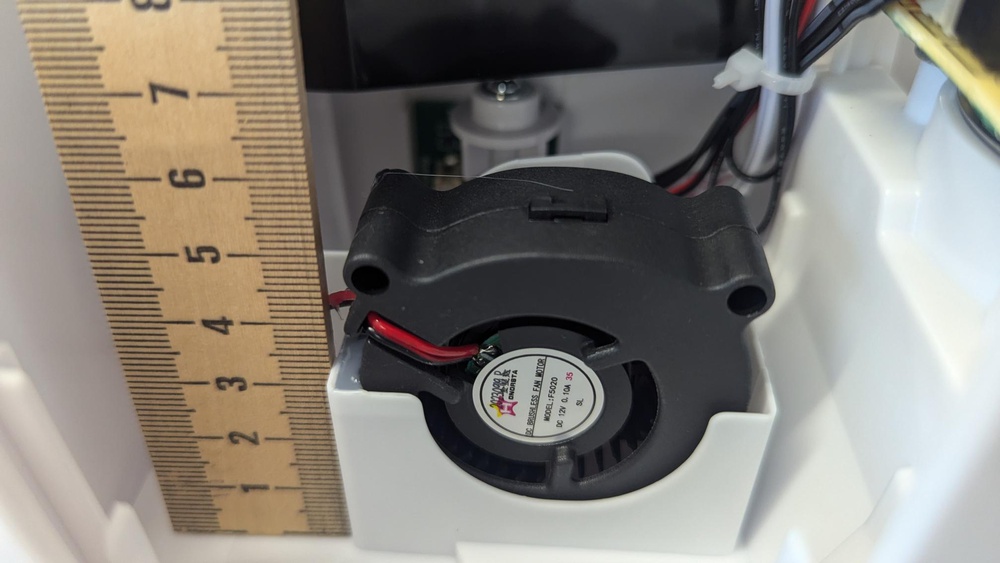
Too much airflow can also negatively affect a humidifier's efficiency, as can be seen in the case of the Dyson AM10. It looks like Dyson wanted the AM10 to be used just like their famous bladeless fans, which might explain why they used a 40 W motor for the humidifier's fan. This Dyson has a mediocre 4.6 liter per day (LPD) measured capacity that is a bit more than half of the Levoit LV600S's capacity. The latter of which uses a fan 40 times less powerful.
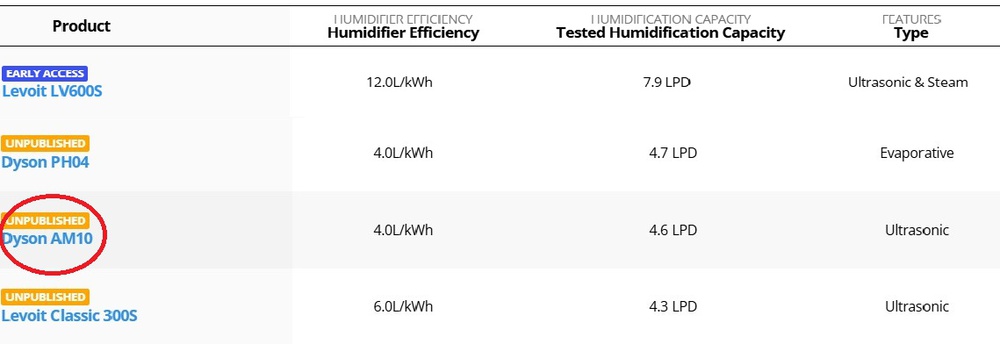
Airflow is even more important in evaporative humidifiers. We have observed that a balance between airflow and wick size is key to achieving high efficiency.
We tested three evaporative humidifiers from Vornado. The EVDC300 was the most efficient humidifier on our list. The EV200 had a higher capacity than the EVDC300, but its efficiency was noticeably lower, and the EV100 had the lowest humidification capacity we measured.
We dug deeper to try to explain this and decided to focus on some aspects like airflow, wick size, and power consumption. As you can see in the photo below, the EVDC300 and the EV100 are using the same wick, while the EV200 is using double the amount.
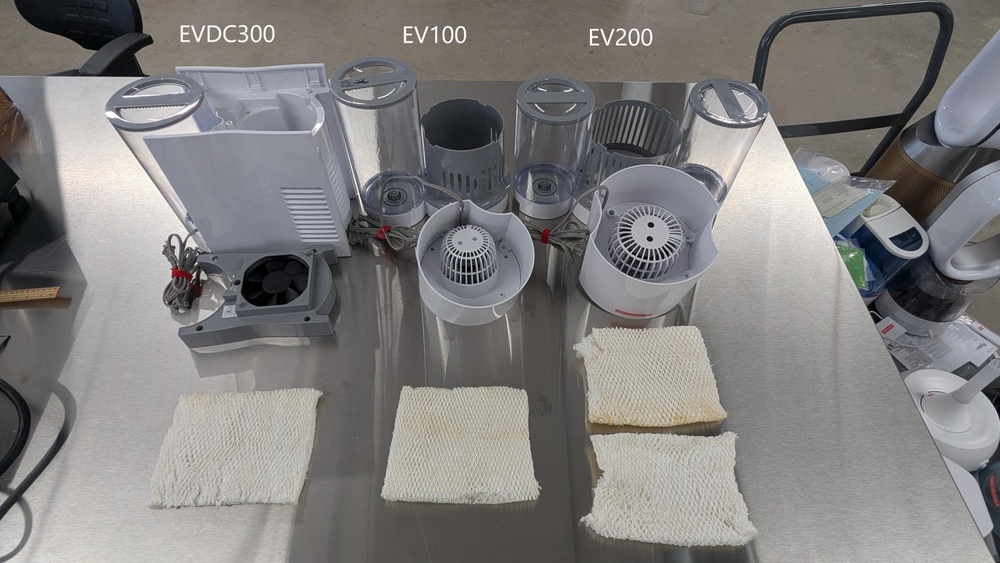
When we look at the airflow numbers in the table below, it becomes clear why the EV100 has a 63% lower capacity than the EVDC300 due to it having 67% less airflow for the same wick. However, when compared to the EV200, the EVDC300's capacity is 21% lower, while its airflow is only 14% lower. Keep in mind that the EV200 uses two wicks instead of one and that it will need more airflow to increase its capacity.
| Humidifier | Airflow (CFM) | Noise (dBA) | Capacity (LPD) | Power Consumption (W) |
| EVDC300 | 94 | 53.9 | 5.7 | 5 |
| EV200 | 109 | 51.7 | 7.2 | 24 |
| EV100 | 31 | 37.3 | 2.1 | 13 |
Having just looked at the difference in capacity, what about the difference in efficiency? Simply put, shaded pole induction motors are much less efficient than brushless DC (BLDC) motors. As you can see in the photos below, the EVDC300 uses a standard 120 mm 12 V BLDC axial fan that you might see in desktop computers. The EV100 and the EV200, however, both use shaded pole induction AC motors. This difference in efficiency can be clearly seen when we look at power consumption vs airflow. For instance, the EVDC300 has only 14% less airflow than the EV200 while using 79% less power.

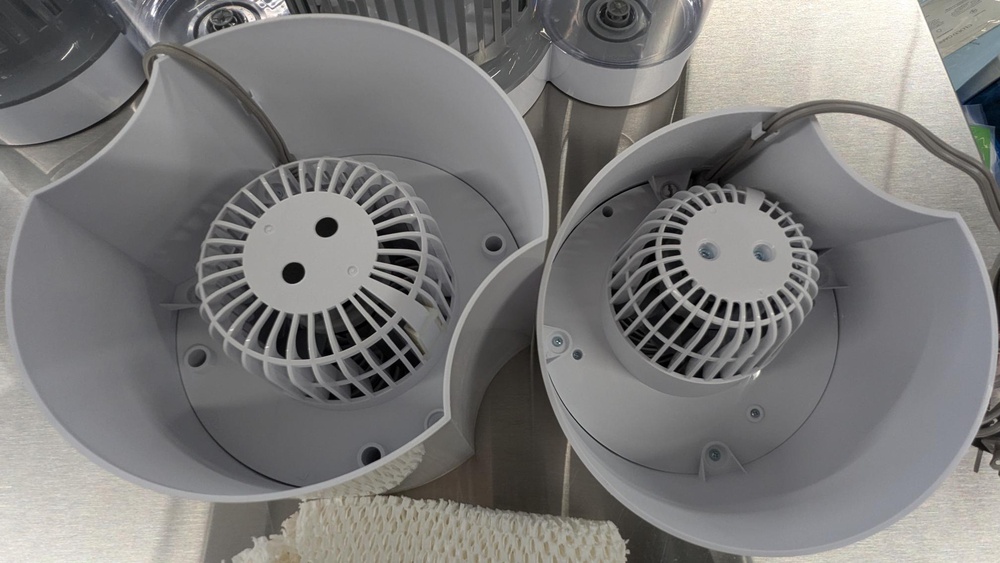
Recommendations
If you want to humidify your home in a cold, dry winter, and you prefer the warm mist with its relieving properties on sinuses and a dry throat, go for a steam humidifier as its effect on your energy bill will be close to other types.
If you live in a warm and dry climate, you should consider humidifier efficiency before overall efficiency when choosing your next humidifier. Of the three types, going with an evaporative humidifier will provide you with a cool and safe mist in an efficient way.


